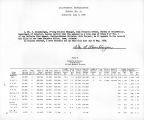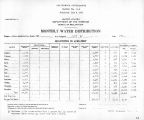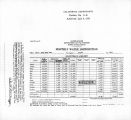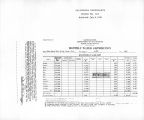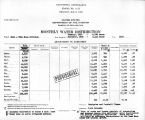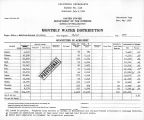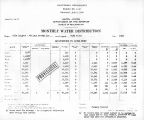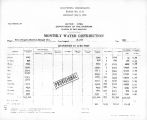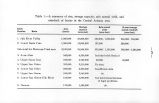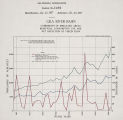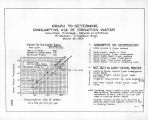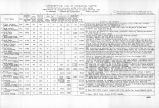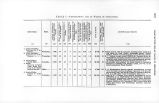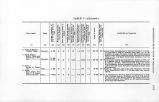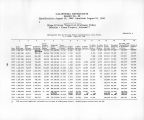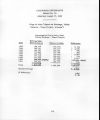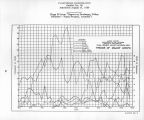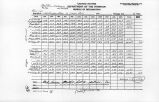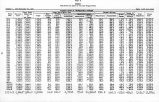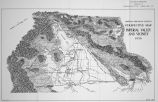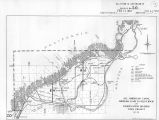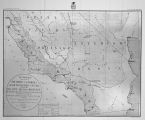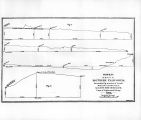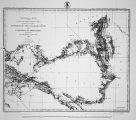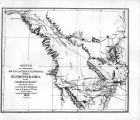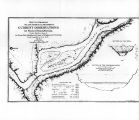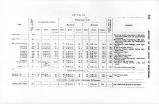| OCR Text |
Show "Consumptive Use" is defined as the permanent water loss incident to irrigation of large tracts. Generally speaking, it is the difference between the inflow above and outflow below any specific area under consideration, or the difference between the amount of water diverted and the amount returning to a stream. With respect to an entire river system, it is the net amount remaining after deducting the outflow from the inflow. It is always to be distinguished from "headgate diversions", "duty of water", and "net duty of water". "Consumptive Use"\ as determined in old established irrigated areas, where economic use and natural or artificial drainage prevent unnecessary water losses, is the best measure of future water requirements in a river basin, where there are large areas of excess irrigable lands, and where the ultimate needs, under economic pressure, will demand the fullest economy of use. The term "Consumptive Use" was evolved in water supply analysis of Wyoming and Colorado water needs in the Laramie River interstate water suit (1913), later developed and expanded in the North Platte River Cooperative Report (1918), and widely used in the Rio Grande Report (1919), and Colorado River Compact negotiations (1922). Recent widely scattered information on consumptive use has become available and confirms but reduces the earlier figures derived from studies of old established and functioning irrigated areas. In an old established irrigated valley or an irrigated area where drainage is efficient, "Consumptive Use" represents the total water consumed, or lost, and is best determined from records covering a period of five to ten years. |






































